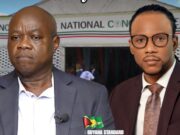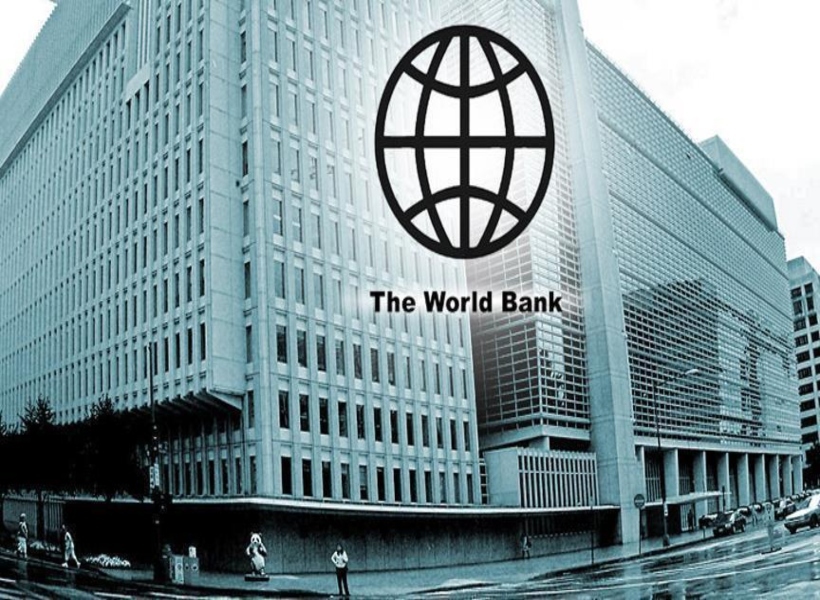Guyana’s natural resource wealth is estimated to be the highest in the Caribbean even before the discovery of oil. Yet, this new oil producer has not been very successful in transforming its natural resource wealth into productive capital or financial assets, despite international support.
Highlighting this recently was the World Bank, an international financial institution that provides loans and grants to governments for the purpose of pursuing capital projects.
Speaking to the extensive support Guyana has received over the years, the Bank recalled that the English speaking country was a beneficiary of the Heavily Indebted Poor Countries (HIPC) initiative. This resulted in the share of public debt and publicly guaranteed external debt to Gross Domestic Product (GDP) declining from over 100 percent in 2002 to under 40 percent in 2007. During the three years following the HIPC initiative, the Bank noted that public investment almost doubled to 15 percent of GDP and the economy expanded. It further noted that private investment doubled and stabilized at eight percent of GDP during the past seven years.
Since then, the World Bank said that current expenditure continued to expand but capital expenditure declined as a share of GDP. Further to this, the Bank was keen to note that public investment could boost growth and even more private investment but would need to be sequenced with economic policies and require stronger institutions.
Towards this end, the Guyana Standard understands that the World Bank is supporting the design and implementation of appropriate policies through a Programmatic Development Policy Credit, the first of which was approved by the Board in June 2018. This support is intended to aid the process of helping Guyana transform its natural resource wealth into productive capital.
It was also keen to highlight that well-designed macro policies could boost inclusive growth beyond the average annual growth of four percent during the decade up to 2018, which left Guyana one of the poorest countries in terms of GDP in the English-speaking Caribbean.













